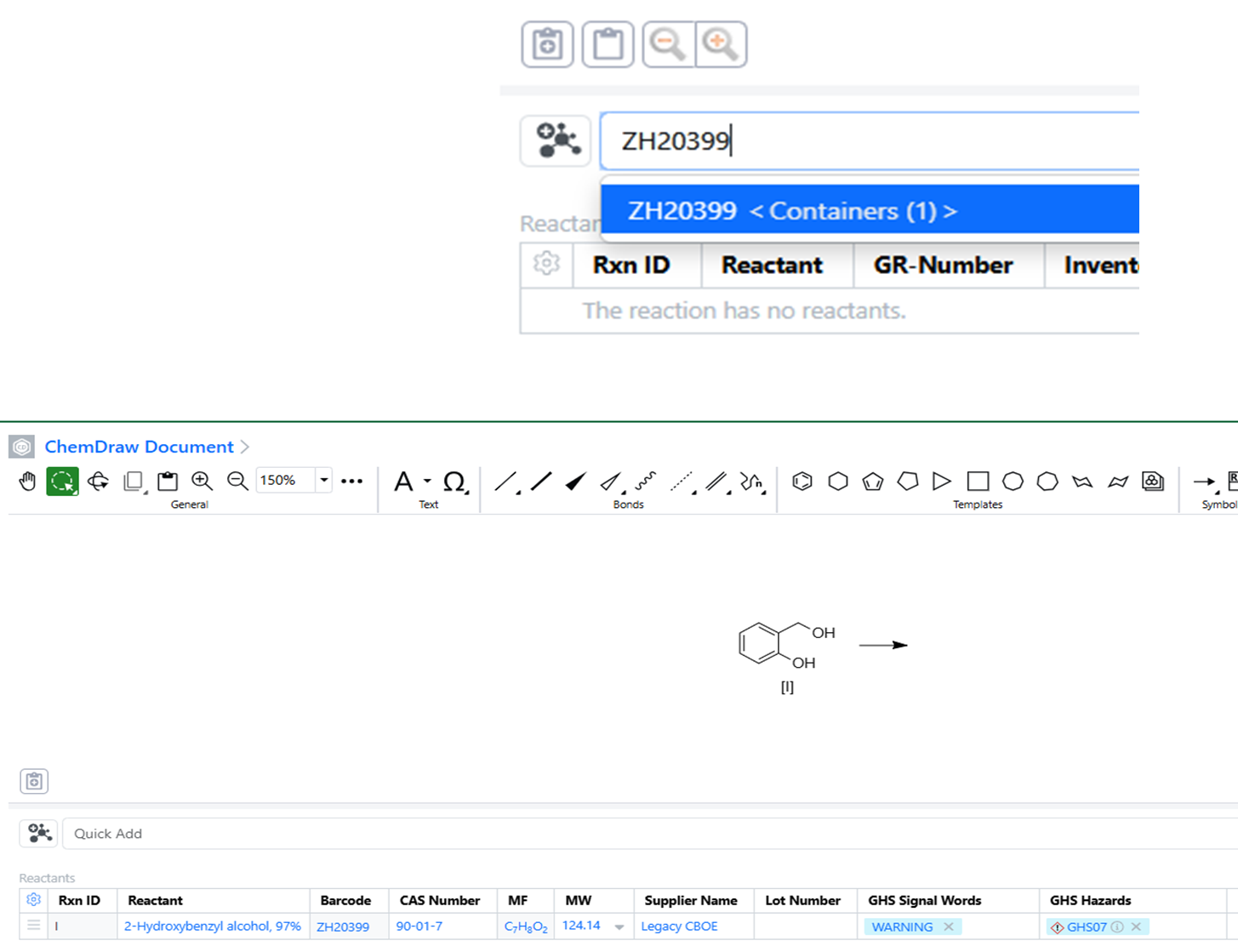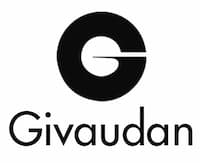Introduction
Givaudan is a world leader in flavor and fragrances, with annual revenue of €8 billion and 17,000 employees across a global operation that is growing rapidly through Asia Pacific, Dubai, and Latin America. Givaudan uses chemistry to create experiences, memories, and emotions through their products, which include flavors for drinks, chewing gum, and ice cream, as well as fragrances for luxury items like perfumes, soaps, and shampoos.
The company has increasingly turned to Revvity Signals’ premier electronic lab notebook (ELN) Signals Notebook™, for solutions across its operations. In 2021, Givaudan replaced an outdated ELN with Signals Notebook, deploying it across all its research labs globally. Then, seeing potential for additional efficiencies, Givaudan partnered with Revvity Signals again to integrate Signals Notebook with the company’s in-house chemical registration and internal analytical systems. Last year, Givaudan went a step further, transitioning inventory management from the older ChemBioOffice Enterprise (CBOE) to a comprehensive solution in Signals Notebook, streamlining integrations with SAP for commercial ordering and PubChem for safety data.
This expanding implementation of Revvity Signals has modernized research operations and improved the user experience at Givaudan, reducing manual steps like copy-and-paste to greatly improving accuracy. At every step Revvity Signals has worked with Givaudan to meet the needs of its internal users.
Chemical Registration
Givaudan works with a combination of in-house and externally purchased chemicals. In its older system, even barcoded chemicals had to be manually entered, which meant inefficiencies and manual errors were inevitable.
Signals Notebook provided a solution for this problem. After Signals Notebook streamlined the tracking of in-house chemicals, Givaudan was eager to integrate its Chemical Registration System (ChemReg) and its analytical request tool (ChemAlyst).
For both systems, Signals Notebook enabled users to push data from an external action in a sample table, via an application programming interface (API) that enables a dropdown next to the sample ID number. Signals Notebook then registers a material ID in the corporate database and pushes the ID back into the sample table. The chemical structure is simultaneously pushed into the library. In Signals Notebook, users will next create a container by adding the location and then defining the bottle size and amounts, generating a barcode.
The process is similar with ChemAlyst. Users are relieved to be freed from the tedium and time-waste of manually entering and copy-and-pasting the data to the two systems.
The company later rolled out a Signals Notebook-based workflow for external chemicals. Purchasing is done in the enterprise resource planning software, SAP, but when the materials arrive, another API pushes the data into Signals Notebook for registration based on the order in SAP, which is later enriched with the lot number, chemical structure, and safety data from PubChem.

Inventory Management
The next stage was the development of a new inventory management system, in collaboration with Revvity Signals. Initial workshops helped to define minimum viable products (MVPs) on both sides, as well as key features that would be needed.
Givaudan needed to integrate legacy inventory data from CBOE for both commercial and in-house research chemicals into Signals Notebook. However, the process turned out to be more complex than anticipated. Revvity Signal’s Senior Product Manager jumped in to help meet Givaudan’s time requirements, helping resolve several obstacles over the course of three releases to enable deployment as planned.
Quote from Andreas Muheim
“We have a different security policy for cold storage management. Revvity Signals built a dedicated app to check samples out and back in.”
Updates to inventory are now managed through Signals Notebook as reagents are used and disposed of. One of the sticking points had been around chemicals that required cold storage. Unlike many pharma companies that use robotics to retrieve plasma samples, Givaudan’s cold storage was low throughput and managed manually, with fewer than 10 retrievals needed per week. Due to the high value of chemicals stored in this facility, special security was needed to manage usage and ensure the specific storage location matched a code on the label. To meet these security requirements, Revvity Signals built a dedicated app for checking chemicals in and out of cold storage.
Revvity Signals enabled several other key capabilities to support more efficient workflows. One was location management for storage boxes, implemented through an admin-controlled API for creating boxes with standardized names and barcodes. This setup prevents user-created chaos and ensures proper organization. Another challenge was around inventory decrement, where users insisted on an automated push of stoichiometry data. This problem was solved by adding an external action: When an experiment is closed, sample mass is ported from the reagents table.
Conclusion
Givaudan's journey with Revvity Signals demonstrates the power of collaboration to implement a successful digital transformation like chemical inventory management. By implementing the versatile Signals Notebook and integrating it with existing systems, Givaudan significantly improved data accuracy, efficiency, and user experience, with even more benefits on the horizon. Revvity Signals’ responsiveness, combined with Givaudan’s proactive approach, was key to optimizing processes to the needs of Givaudan’s teams, and led to quick resolution of challenges by setting clear goals, developing external actions, and continually seeking improvements. Partnering with the experts at Revvity Signals can secure the shortest path to maximum efficiency and ease of use.
Dive Deeper with the Revvity Signals Developer Guide
Curious about how Givaudan’s custom workflows and integrations were built? The Revvity Signals Developer Guide is your gateway to extending the power of Signals Notebook. Learn how to work with our microservice-based cloud architecture, explore APIs, and implement external actions to tailor Signals Notebook to your organization’s needs. Whether you're managing inventory, building secure workflows, or integrating legacy systems, our documentation walks you through the principles, components, and best practices to get started quickly and scale confidently.

End-to-end workflow support across scientific disciplines.

The Standard for Chemical Drawing.

End-to-end Clinical Data Science Platform.

